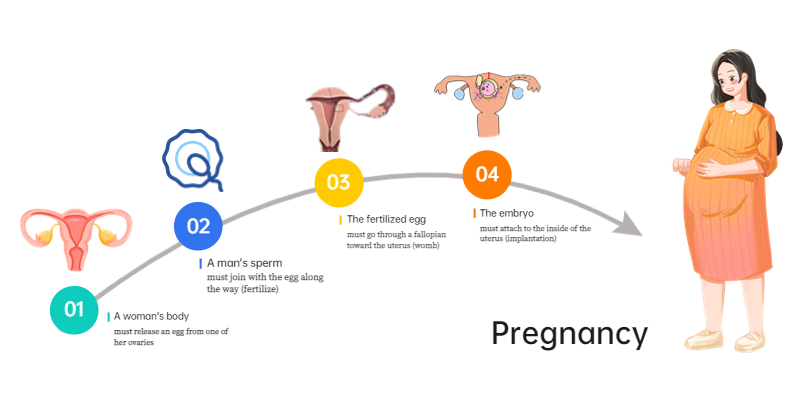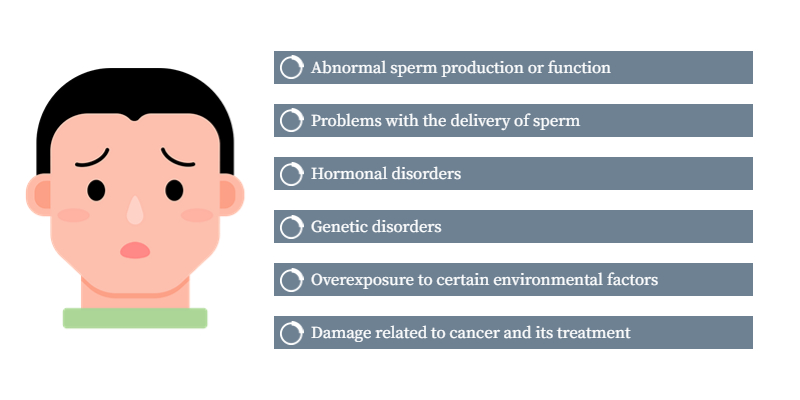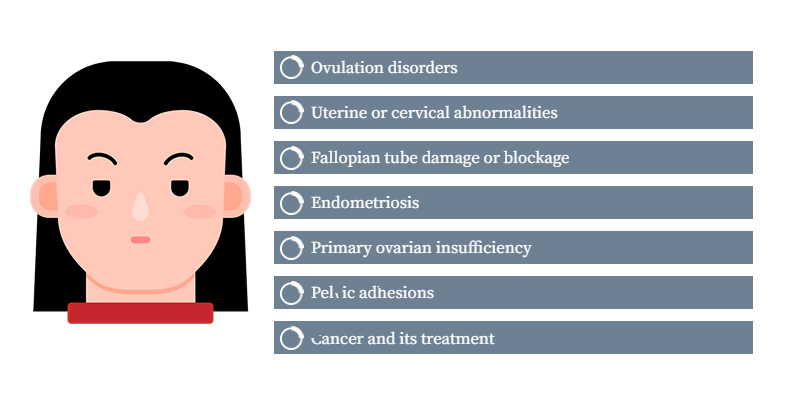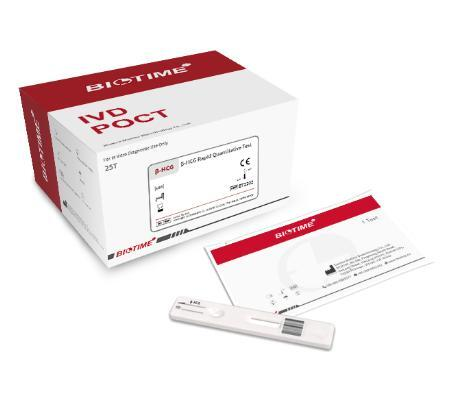The Rippling Effect of Infertility's Pain, Biotime’s Input

We are here until the barriers to building your family are not.
Infertility is when the male or female reproductive system defined by the failure to achieve a pregnancy (conceive) despite having regular unprotected intercourse. Around 1 in 7 couples may have difficulty conceiving. About 84% of couples will conceive naturally within a year if they have regular unprotected intercourse. According to World Health Organization statistics Infertility affects millions of people of reproductive age worldwide – and has an impact on their families and communities. Estimates suggest that between 48 million couples and 186 million individuals live with infertility globally.
Pregnancy is the result of a process that has many steps. To get pregnant:

Is infertility just a woman’s problem?
No, infertility is not always a woman’s problem. Both men and women can contribute to infertility.
What causes infertility in men?
Infertility in men can be caused by different factors and is typically evaluated by a lab test analysis. When a blood analysis is performed, the number of sperm (concentration), motility (movement), and morphology (shape) are assessed by a specialist.
Potential causes of anovulation include the following:

What increases a man’s risk of infertility?
Age - Obese - Smoking - Excessive alcohol and drug use - Exposure to testosterone - Exposure to radiation - Frequent exposure of the testes to high temperatures - Exposure to certain medications - Exposure to environmental toxin.
What causes infertility in women?
A woman’s menstrual cycle is, on average, 28 days long. Day 1 is defined as the first day of “full flow.” Regular predictable periods that occur every 21 to 35 days likely reflect ovulation. A woman with irregular periods is likely not ovulating.
Ovulation can be predicted by using an ovulation predictor kit and can be confirmed by a blood test to check the woman’s progesterone level on day 21 of her menstrual cycle. Although several tests exist to evaluate a woman’s ovarian function, no single test is a perfect predictor of fertility. The most commonly used markers of ovarian function include follicle-stimulating hormone (FSH) value on day 3 to 5 of the menstrual cycle, Luteinizing Hormone (LH), prolactin (PRL) and antral follicle count (AFC) using a transvaginal ultrasound.
Potential causes of anovulation include the following:


Reference:
CDC https://www.cdc.gov/
WHO https://www.who.int/
The National Infertility Association https://resolve.org/
March For Babies https://www.marchofdimes.org/
Mascarenhas MN et al. PLoS Med doi: 10.1371/journal.pmed.1001356
Boivin J, et al. Human reproduction (Oxford, England) doi: 10.1093/humrep/dem046
Rutstein SO, et al. World Health Organization 2004.
Gore AC, et al. Endocrine Reviews doi: 10.1210/er.2015-1010
Segal TR, Fertility and Sterility 2019;112(4):613-21.
Zegers‐Hochschild F, et al., Journal of Gynecology & Obstetrics 2013;123(1):86-89.